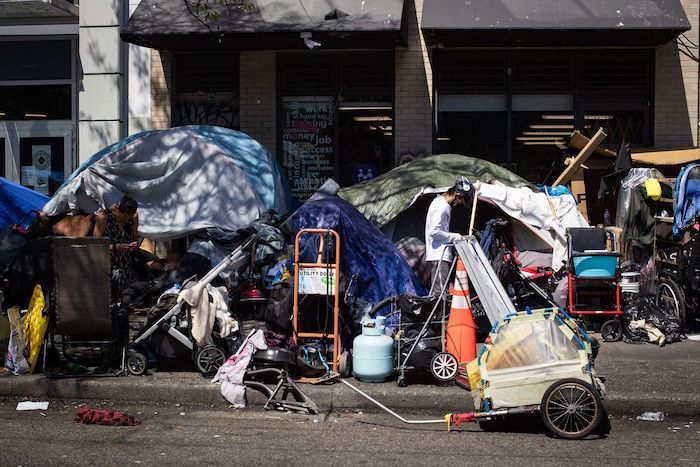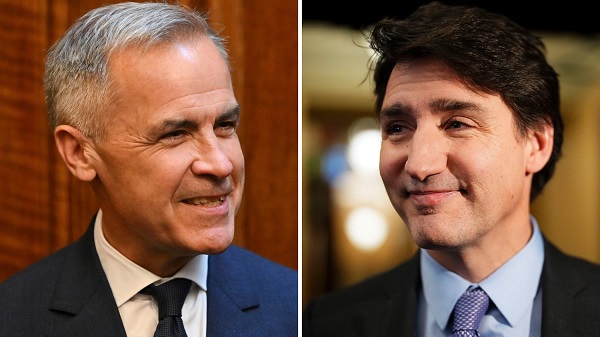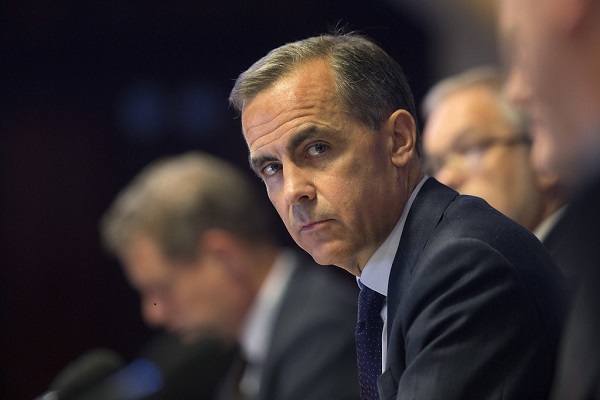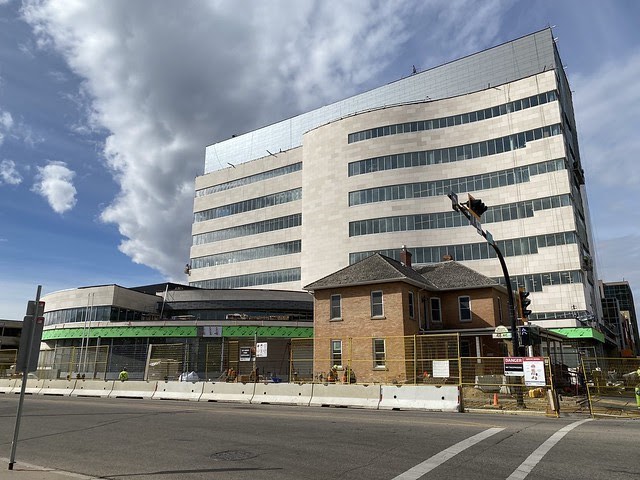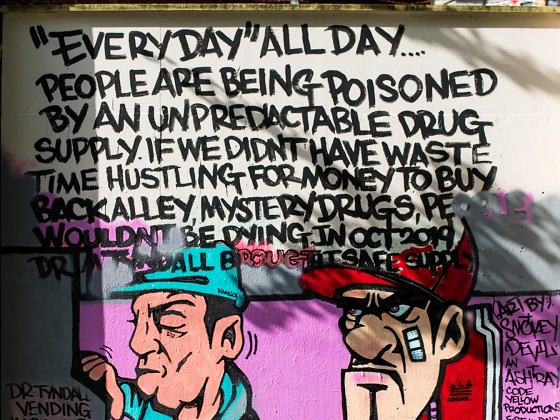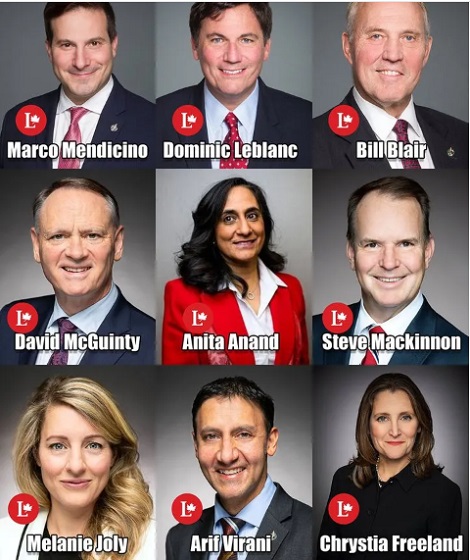Alberta
Albertans don’t have to choose between heating and eating. Here’s how you keep your home warm this winter
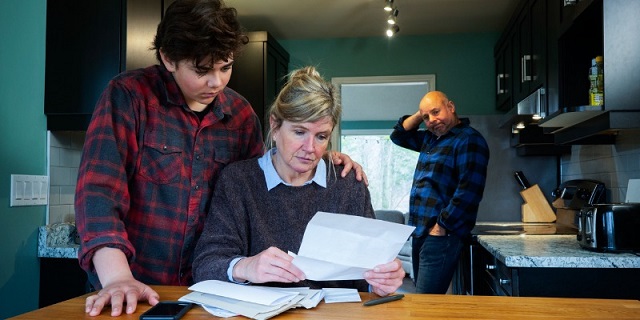
Alberta’s Winter Rules for utilities protect vulnerable Albertans by helping keep their lights on and homes warm during the cold winter months.
When temperatures drop, Alberta’s Winter Rules for utilities are designed to keep the power and heat on for Albertans during the cold winter months. Ensuring Albertans have access to reliable and affordable energy is a top priority for Alberta’s government.
From Oct. 15 to April 15, electricity and natural gas services in Alberta cannot be fully disconnected by retailers. This also applies to any time during the year when the forecast for the next 24 hours indicates temperatures below zero degrees.
“During Alberta’s harsh winters, no one should be forced to choose between heating and eating. We’re keeping the lights on for the most vulnerable and taking action to lower power bills for all Albertans. I encourage anyone having difficulties with their utility bill to contact the Utilities Consumer Advocate and learn what options are available.”
Under the Winter Utilities Reconnection program, customers with disconnected utilities are contacted to help get them reconnected before the cold weather hits. This is led by the Utilities Consumer Advocate (UCA), in partnership with the Alberta Utilities Commission (AUC), utility retailers and distributors and other government agencies. Albertans who are having difficulty with paying their utility bills, communicating with their retailer or making manageable payment arrangements should contact the UCA.
“The Winter Utilities Reconnection Program is an important protection for customers struggling with utility bills. UCA Mediation Staff are available to help customers get energy utilities reconnected and stay safe during winter. They can be reached at 310-4822.”
Alberta’s government is working tirelessly to lower utility bills and protect ratepayers, ensuring Albertans keep more of their hard-earned dollars in their bank accounts. With more still to come, Alberta’s government has already taken action by stabilizing local access fees through new legislation, introducing regulations to prevent power price spikes and investing in programs to help municipalities and rural Albertans manage and lower their energy costs. Additionally, the UCA continues to help consumers better understand and navigate the utility market, and their advocacy has led to Albertans saving more than $3.2 billion over the past two decades.
Affordable electricity options are available
Alberta has a unique competitive electricity market, which gives Albertans the power to choose the best energy provider, plan and payment option to fit their needs. Consumers can purchase their power from more than 50 competitive retailers, with the choice of either fixed or variable rate contracts.
Albertans are encouraged to explore their options and find the competitive rate best-suited to their needs. Last year, tens of thousands of households moved off the Rate of Last Resort to competitive contracts for a more affordable option. Albertans who are looking for help with their utility bills or are experiencing a dispute with their provider should contact the Utilities Consumer Advocate at 310-4822, via email, or through their website.
Related information
- Utilities Consumer Advocate
- Financial Assistance Resources (UCA)
- Alberta Utilities Commission
- Farm fuel and rural utility programs
Related news
- Introducing the Rate of Last Resort (Sept. 25, 2024)
- Helping Alberta communities lower energy costs (Sept. 24, 2024)
- Helping Calgarians save millions on their power bills (Sept. 19, 2024)
- Power rates slashed in half by new market rules (Sept. 5, 2024)
- Power watchdog supports Alberta’s electricity market reforms (Aug. 5, 2024)
- Preventing power price spikes (June 26, 2024)
- Making utility bills more affordable (April 22, 2024)
- Making electricity more affordable (April 18, 2024)
Alberta
Low oil prices could have big consequences for Alberta’s finances

From the Fraser Institute
By Tegan Hill
Amid the tariff war, the price of West Texas Intermediate oil—a common benchmark—recently dropped below US$60 per barrel. Given every $1 drop in oil prices is an estimated $750 million hit to provincial revenues, if oil prices remain low for long, there could be big implications for Alberta’s budget.
The Smith government already projects a $5.2 billion budget deficit in 2025/26 with continued deficits over the following two years. This year’s deficit is based on oil prices averaging US$68.00 per barrel. While the budget does include a $4 billion “contingency” for unforeseen events, given the economic and fiscal impact of Trump’s tariffs, it could quickly be eaten up.
Budget deficits come with costs for Albertans, who will already pay a projected $600 each in provincial government debt interest in 2025/26. That’s money that could have gone towards health care and education, or even tax relief.
Unfortunately, this is all part of the resource revenue rollercoaster that’s are all too familiar to Albertans.
Resource revenue (including oil and gas royalties) is inherently volatile. In the last 10 years alone, it has been as high as $25.2 billion in 2022/23 and as low as $2.8 billion in 2015/16. The provincial government typically enjoys budget surpluses—and increases government spending—when oil prices and resource revenue is relatively high, but is thrown into deficits when resource revenues inevitably fall.
Fortunately, the Smith government can mitigate this volatility.
The key is limiting the level of resource revenue included in the budget to a set stable amount. Any resource revenue above that stable amount is automatically saved in a rainy-day fund to be withdrawn to maintain that stable amount in the budget during years of relatively low resource revenue. The logic is simple: save during the good times so you can weather the storm during bad times.
Indeed, if the Smith government had created a rainy-day account in 2023, for example, it could have already built up a sizeable fund to help stabilize the budget when resource revenue declines. While the Smith government has deposited some money in the Heritage Fund in recent years, it has not created a dedicated rainy-day account or introduced a similar mechanism to help stabilize provincial finances.
Limiting the amount of resource revenue in the budget, particularly during times of relatively high resource revenue, also tempers demand for higher spending, which is only fiscally sustainable with permanently high resource revenues. In other words, if the government creates a rainy-day account, spending would become more closely align with stable ongoing levels of revenue.
And it’s not too late. To end the boom-bust cycle and finally help stabilize provincial finances, the Smith government should create a rainy-day account.
Alberta
Governments in Alberta should spur homebuilding amid population explosion

From the Fraser Institute
By Tegan Hill and Austin Thompson
In 2024, construction started on 47,827 housing units—the most since 48,336 units in 2007 when population growth was less than half of what it was in 2024.
Alberta has long been viewed as an oasis in Canada’s overheated housing market—a refuge for Canadians priced out of high-cost centres such as Vancouver and Toronto. But the oasis is starting to dry up. House prices and rents in the province have spiked by about one-third since the start of the pandemic. According to a recent Maru poll, more than 70 per cent of Calgarians and Edmontonians doubt they will ever be able to afford a home in their city. Which raises the question: how much longer can this go on?
Alberta’s housing affordability problem reflects a simple reality—not enough homes have been built to accommodate the province’s growing population. The result? More Albertans competing for the same homes and rental units, pushing prices higher.
Population growth has always been volatile in Alberta, but the recent surge, fuelled by record levels of immigration, is unprecedented. Alberta has set new population growth records every year since 2022, culminating in the largest-ever increase of 186,704 new residents in 2024—nearly 70 per cent more than the largest pre-pandemic increase in 2013.
Homebuilding has increased, but not enough to keep pace with the rise in population. In 2024, construction started on 47,827 housing units—the most since 48,336 units in 2007 when population growth was less than half of what it was in 2024.
Moreover, from 1972 to 2019, Alberta added 2.1 new residents (on average) for every housing unit started compared to 3.9 new residents for every housing unit started in 2024. Put differently, today nearly twice as many new residents are potentially competing for each new home compared to historical norms.
While Alberta attracts more Canadians from other provinces than any other province, federal immigration and residency policies drive Alberta’s population growth. So while the provincial government has little control over its population growth, provincial and municipal governments can affect the pace of homebuilding.
For example, recent provincial amendments to the city charters in Calgary and Edmonton have helped standardize building codes, which should minimize cost and complexity for builders who operate across different jurisdictions. Municipal zoning reforms in Calgary, Edmonton and Red Deer have made it easier to build higher-density housing, and Lethbridge and Medicine Hat may soon follow suit. These changes should make it easier and faster to build homes, helping Alberta maintain some of the least restrictive building rules and quickest approval timelines in Canada.
There is, however, room for improvement. Policymakers at both the provincial and municipal level should streamline rules for building, reduce regulatory uncertainty and development costs, and shorten timelines for permit approvals. Calgary, for instance, imposes fees on developers to fund a wide array of public infrastructure—including roads, sewers, libraries, even buses—while Edmonton currently only imposes fees to fund the construction of new firehalls.
It’s difficult to say how long Alberta’s housing affordability woes will endure, but the situation is unlikely to improve unless homebuilding increases, spurred by government policies that facilitate more development.
-

 2025 Federal Election2 days ago
2025 Federal Election2 days agoThe Anhui Convergence: Chinese United Front Network Surfaces in Australian and Canadian Elections
-

 2025 Federal Election2 days ago
2025 Federal Election2 days agoTrump Has Driven Canadians Crazy. This Is How Crazy.
-

 conflict2 days ago
conflict2 days agoTrump tells Zelensky: Accept peace or risk ‘losing the whole country’
-

 2025 Federal Election1 day ago
2025 Federal Election1 day agoPoilievre Campaigning To Build A Canadian Economic Fortress
-

 Automotive1 day ago
Automotive1 day agoCanadians’ Interest in Buying an EV Falls for Third Year in a Row
-

 2025 Federal Election2 days ago
2025 Federal Election2 days agoCarney Liberals pledge to follow ‘gender-based goals analysis’ in all government policy
-
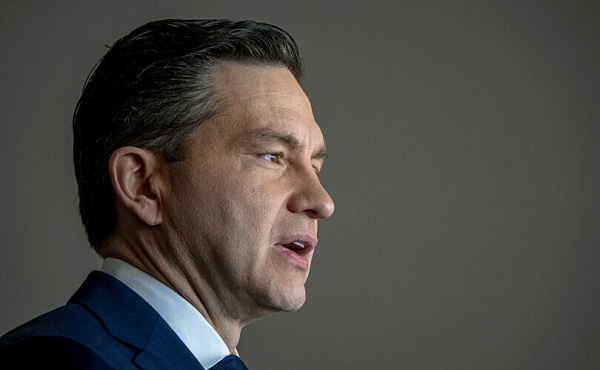
 2025 Federal Election2 days ago
2025 Federal Election2 days agoPoilievre’s Conservatives promise to repeal policy allowing male criminals in female jails
-

 Entertainment2 days ago
Entertainment2 days agoPedro Pascal launches attack on J.K. Rowling over biological sex views


